Book Summary - Material World (Part 4)
Part 4: Oil and Lithium
Recently, I read Ed Conway’s book "Material World", recognized as one of the best books of 2023 by The Economist.
I will dive into oil and lithium in this final part (we made it, fam). If you missed Part 1, Part 2, and Part 3.
Oil
In 1859, crude oil was discovered at Titusville, Pennsylvania. The rush to extract oil exploded, without understanding how oil reserves are formed. Such behavior has happened often in the history of pursuing wealth.
The ancient Chinese recognized millennia earlier how salt deposits can help trap oil reserves underground, by burning the natural gas from salt mines to aid in brine evaporation.
Geopolitics
The discovery of oil caused a seismic shift in geopolitical and economic power in the world. Before the 1930s, the Gulf Region’s main expert had been wild pearls, until Kokichi Mikimoto's breakthrough in artificial pearl cultivation disrupted the market, causing an instant collapse in wild pearl revenues.
Thankfully, the discovery of salt deposits in the Persian Gulf region paved the way for the emergence of major oil-producing nations. Iran struck oil in 1908, followed by Iraq in 1927, and subsequently, Kuwait and Bahrain in the 1930s. This transformation had profound socioeconomic implications for the Middle East.
Geologist Ernie Berg's discovery of the Ghawar field exemplified the Gulf's immense hydrocarbon reserves. The Ghawar field initially puzzled geologists who realized that wells drilled miles apart were tapping into the same reservoir.
What makes the Gulf remarkable – still as of 2023 comfortably the most hydrocarbon-rich area on the planet with about half the world’s oil reserves and 40 percent of the gas – is that its geological features tick all of the boxes for preserving oil: the ancient algae in the right rocks, the right amount of heat and pressure over time, the perfect set of permeable reservoir rocks with just the right kind of traps to seal in all that oil and gas.
Despite a global reduction in coal consumption, reliance on oil and gas remains around 55% of the world's energy needs. This percentage has been consistent for decades, highlighting the challenge of transitioning to alternative energy sources.
Saudi Arabia continues to hold a pivotal role as a "central bank" for the global energy market, often serving as the producer of last resort during times of crisis.
Since the Ghawar field's discovery in the 1940s, it's been customary for every US president to journey to Saudi Arabia for oil negotiations. Despite facing criticism following the assassination of Jamal Khashoggi, President Biden adhered to this tradition by engaging in discussions during his visit to Riyadh.
Economics
The discovery of oil prompted the development of the oil production value chain, such as refineries.
Refineries, through processes like fractional distillation, separate crude oil into various compounds based on their properties. Interestingly, the techniques used in refineries initially came from alcohol manufacturing during the Prohibition Era.
The shale oil revolution in the United States introduced a new challenge to domestic refineries. The distinction between "sweet" and "sour" crude, determined by sulfur content, influences refining processes and market prices. While American shale oil is light and high-quality, existing U.S. refineries are optimized for heavier, sour crude from countries such as Canada, Mexico, and Venezuela.
Refineries produce a diverse range of end products, including gasoline, diesel, petrochemicals, kerosene, waxes, lubricating oils, and asphalt. Each product serves various industries and applications, underscoring the integral role of refineries in modern society.
For example, World War 2 became a conflict centered around refineries. Hitler's reliance on synthetic fuels produced from coal using Friedrich Bergius' technique provided some advantage initially, but by 1945, the German air force was severely handicapped.
The Allies were out-refining their opponents, as the higher-octane fuel meant Spitfires and Lancasters could be equipped with superior engines, allowing them to fly 15% faster than their German counterparts. Ultimately, Germany lost due to inadequate fuel reserves.
Societal
An octane rating is a measure of how well fuel can withstand pressure in an engine without prematurely exploding or ‘knocking’. In the early days of auto manufacturing, knocking was a big issue for General Motors.
GM Engineer Thomas Midgley discovered that adding tetraethyl lead to gasoline appeared to increase octane levels and eliminate engine pinging. However, the use of lead poses severe health risks, particularly to children.
At a New Jersey refinery, workers were hallucinating and working themselves up into a frenzy. Six men died. Despite the dangers, Midgley attempted to downplay the risks by publicly demonstrating the safety of tetraethyl lead, even though he had experienced lead poisoning himself.
GM and its lawyers attempted to shift blame onto the victims, advocating for progress over inefficient engines. As regulations were relaxed state by state, leaded petrol became the norm. Rather than seeking alternatives to lead, GM cosmetically renamed the chemical "Ethyl."
It wasn't until the 1980s that the U.S. formally banned leaded gasoline, marking a dark chapter in human history due to the widespread health and environmental damage caused by lead pollution.
Negative Externalities
The connection between carbon intensity and meat consumption may not be immediately obvious, but it becomes clearer upon examining the reliance of crop production on nitrogen fertilizers derived from natural gas. Crops sustain both livestock and human diets, creating a cycle where carbon emissions from natural gas contribute to agricultural productivity, including livestock feed.
Moreover, carbon dioxide, a key component of photosynthesis, can be artificially increased in greenhouses using CO2 captured from natural gas flue emissions. This accelerates plant growth, further highlighting the interconnection between fossil fuel use, agricultural practices, and carbon emissions.
Plastics, derived from petrochemicals, revolutionized various industries by offering lightweight, versatile materials that could be tailored to specific needs. Despite being less carbon-intensive than alternatives like paper, plastics come with their own set of environmental and health challenges. So the initiative to reduce plastic waste is a paradox when the world might be forced to use more paper, which is more carbon-intensive to produce.
Lithium
The transition away from fossil fuels and towards renewable energy sources necessitates widespread electrification of various sectors. This shift will lead to increased demand for materials like copper for electrical infrastructure, discussed in Part 3, and lithium for energy storage.
The Salar de Atacama in Chile stands out as a major source of lithium, with SQM emerging as a leading producer, initially by chance through potash production with lithium as a by-product.
Despite its potential, there are limited lithium mining operations and relatively small lithium pools. The "lithium triangle" comprising Chile, Bolivia, and Argentina holds significant reserves of this critical resource.
However, lithium refining presents environmental challenges, particularly when sourced from hard rock, resulting in higher greenhouse gas emissions and water usage compared to lithium extracted from brines. Outsourcing refining to countries like China merely shifts environmental responsibility away from the mining nations.
The rise of the battery age also reshapes global geopolitics, with countries like Chile, Argentina, Australia, and China emerging as key players in lithium extraction and refinement. China dominates battery production, influencing the composition and performance of lithium-ion cells. This control over production capacity positions China strategically in the emerging industrial landscape. While demand for minerals is increasing, there are uncertainties regarding the readiness of "electrostates" to meet this demand.
Unlike traditional energy sources, lithium-ion batteries store energy rather than burning it, offering the potential for recycling and reducing reliance on mining. Recycling presents a promising avenue for sourcing materials, shifting from primary mining to secondary sources like discarded electronic devices. However, challenges remain in developing efficient recycling processes, particularly in disassembling battery packs safely.
In the future, recycled materials may become the primary source for battery production, reducing environmental impact and promoting sustainability.
Conclusion
This finally concludes the summary of the entire book Material World. The book is worth a read, especially when we take basic materials for granted.
Along with The World for Sale, another fascinating book on the history of commodity trading, understanding the basic material industry can improve your understanding of geopolitics, societal progress, and asset price movements.
Let me know your thoughts in the comments. Thanks for reading and I will talk to you next time.
Check out my other published articles and resources:
If you enjoyed this article, please subscribe and share it with your friends/colleagues. Sharing is what helps us grow! Thank you.


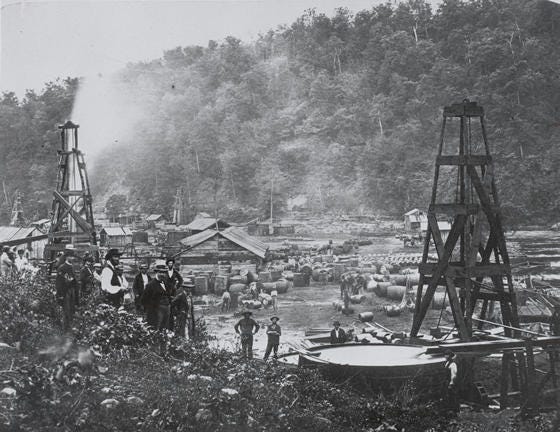




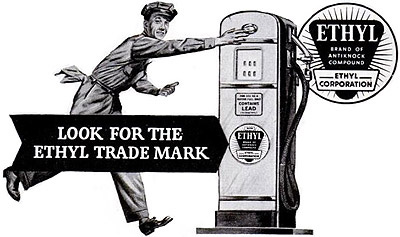
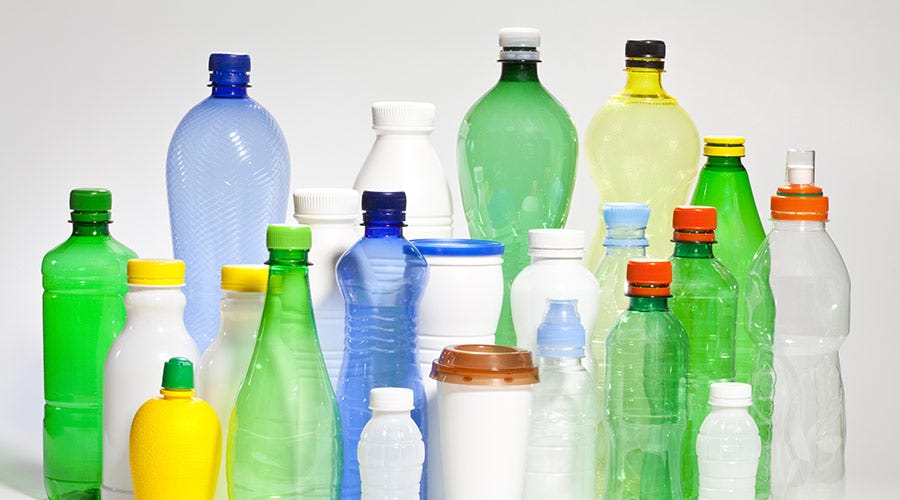
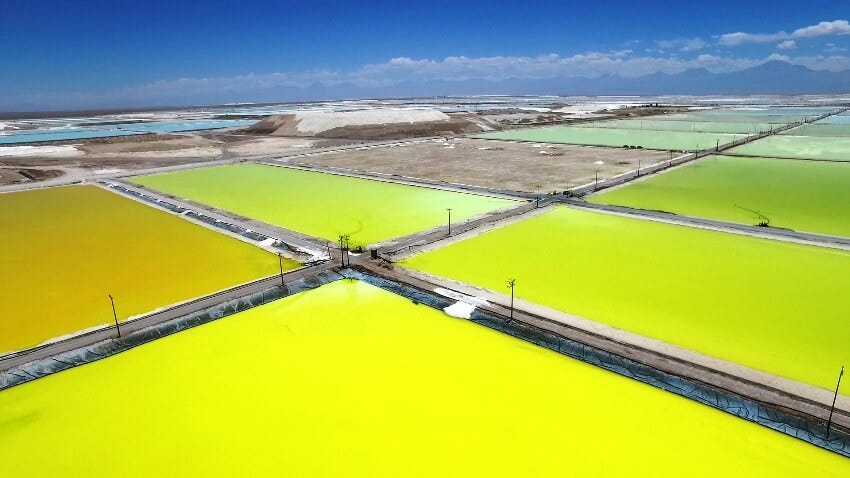
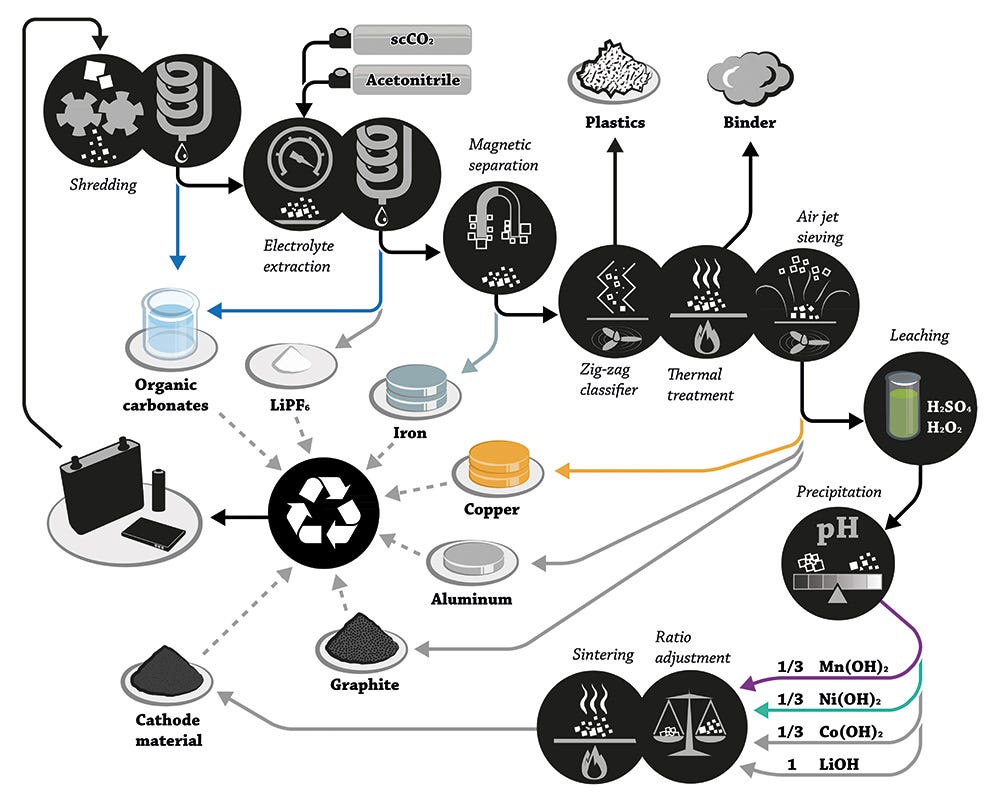
Great summary.
Really enjoyed the book. The whole thing about ‘sand’ blew my mind